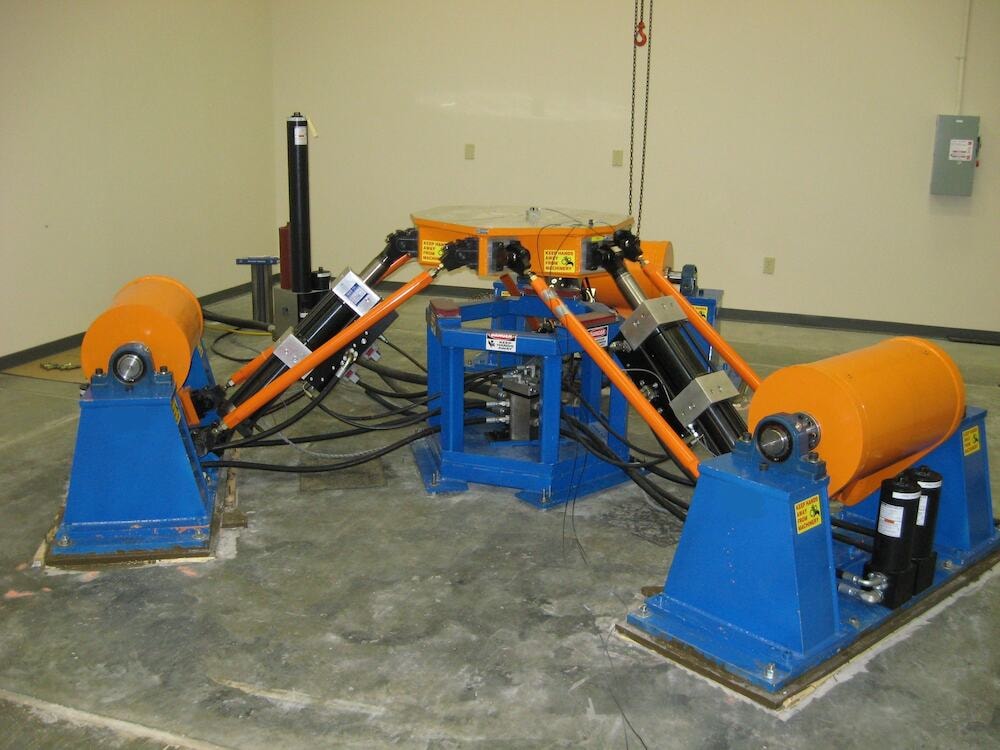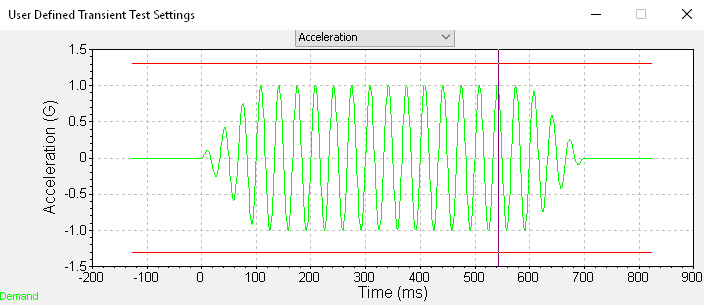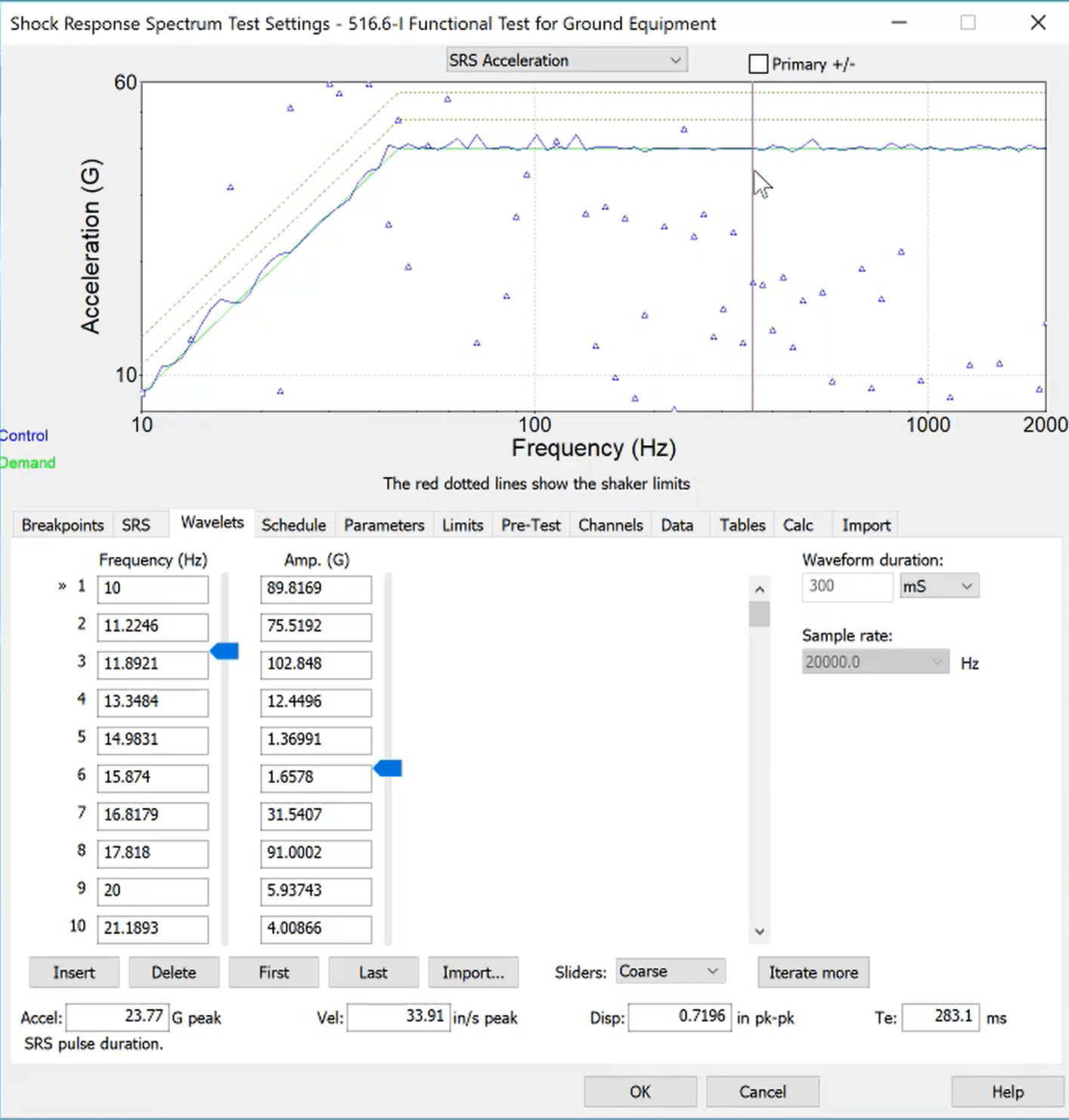Out-of-date or poorly designed structures are a leading cause of injury following an earthquake. Therefore, keeping current with building codes is critical to human safety.
Building codes outline the minimum requirements to keep occupants out of harm’s way and include design guidelines for new construction and alterations/maintenance for older structures.
Standards
The International Code Council (ICC) developed a set of codes considered a national standard in the United States. The ICC references the following standards from the American Society of Civil Engineers/Structural Engineering Institute (ASCE/SEI).
- ASCE/SEI 7: Minimum Design Loads for Buildings and Other Structures
- ASCE/SEI 41: Seismic Evaluation and Retrofit of Existing Buildings
New findings from research and documentation shape building codes over time. A document library complied by the Federal Emergency Management Agency of the U.S. Department of Homeland Security (FEMA) can be found here.
Vibration Testing for Seismic Building Codes
 Standards often provide specific test specifications that a structure must pass to comply. Qualifying structural design typically involves vibration testing. Vibration shaker tests simulate the conditions of an earthquake to determine the structure’s response to a transient event.
Standards often provide specific test specifications that a structure must pass to comply. Qualifying structural design typically involves vibration testing. Vibration shaker tests simulate the conditions of an earthquake to determine the structure’s response to a transient event.
There are several ways engineers perform seismic vibration testing. Commonly, they use large shakers to replicate the shock and vibration waveforms that are possible in the field environment and test individual components. They may also use modeling techniques to determine the behavior of the soil.
The VibrationVIEW software can perform many of the vibration tests recommended by seismic building codes, including:
- Sine sweep and sine resonance track and dwell (SRTD)
- Random fatigue testing
- Sine beat and user-defined transient waveform control
- Shock response spectrum
Seismic Qualification
Before running a vibration test, a test engineer must understand the structural response of the device under test. To do so, they can employ a sine sweep to determine the structure’s resonances. The sweep exposes the test item to a sine tone with a frequency that varies across a defined range.

One (1) sine sweep from 1Hz to 50Hz.
In VibrationVIEW’s Sine software, the user can specify a linear or logarithmic sweep type and run sequences of fixed-frequency tones of a specified acceleration, velocity, or displacement. The test duration can be a length of time, a number of sine wave cycles, or a number of sweeps. The software’s looping functions allow for an easy entry of repeating tone sequences.
Shock Testing

Sine beat pulse in User Defined Transient test settings.
A seismic test standard may provide the specific shock pulse to employ during a vibration test for vibration environments with a single predominant frequency. In such instances, the engineer must replicate the pulse to meet the standard’s requirements.
The testing industry uses synthetic pulse types, and the sine beat pulse type is common in earthquake testing. In the Shock software, the user can access the most common synthetic pulse types or generate a pulse from recorded data. By replicating a time-history file, the user can have greater control over recorded events.
Shock Response Spectrum
A test engineer will utilize the shock response spectrum (SRS) for more complex, multi-frequency vibration. Ground vibration analysis for seismic qualification uses the SRS to describe a transient event in general terms. The spectrum represents a set of theoretical single-degree-of-freedom mass-damper-spring oscillators that are excited mathematically by a base motion. The SRS displays the response of the series on a graph and is the theoretical response of the structure.
The VibrationVIEW SRS software supports many generation test techniques, including linear and exponential chirp, WavSyn, burst random, linear and exponential chirp on burst random, enveloped random, and burst sine.
Alternatively, the user can iterate a test profile from a user waveform. They can manually adjust the parameters of the underlying wavelets or allow VibrationVIEW to create and run a test without intervention.
VibrationVIEW Demo Software
Seismic building codes are a dependable source for seismic qualification and improvement. Implementation of these codes is imperative to community safety.
Interested in learning more about seismic testing with Vibration Research systems? Download the free demo of our software and put it to the test!

